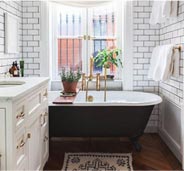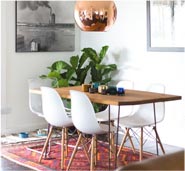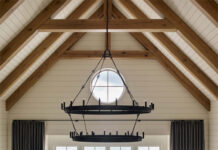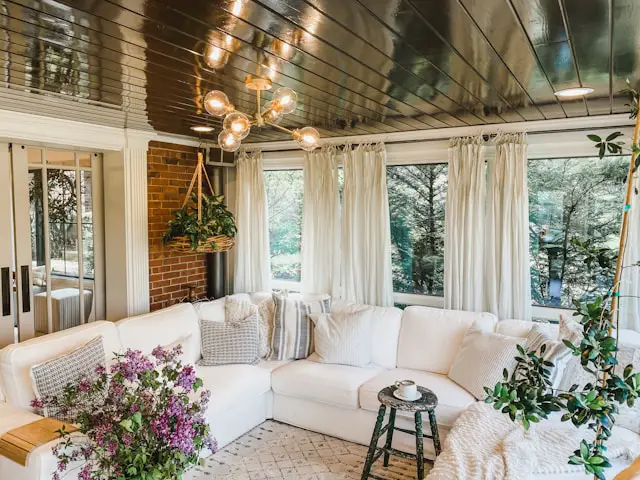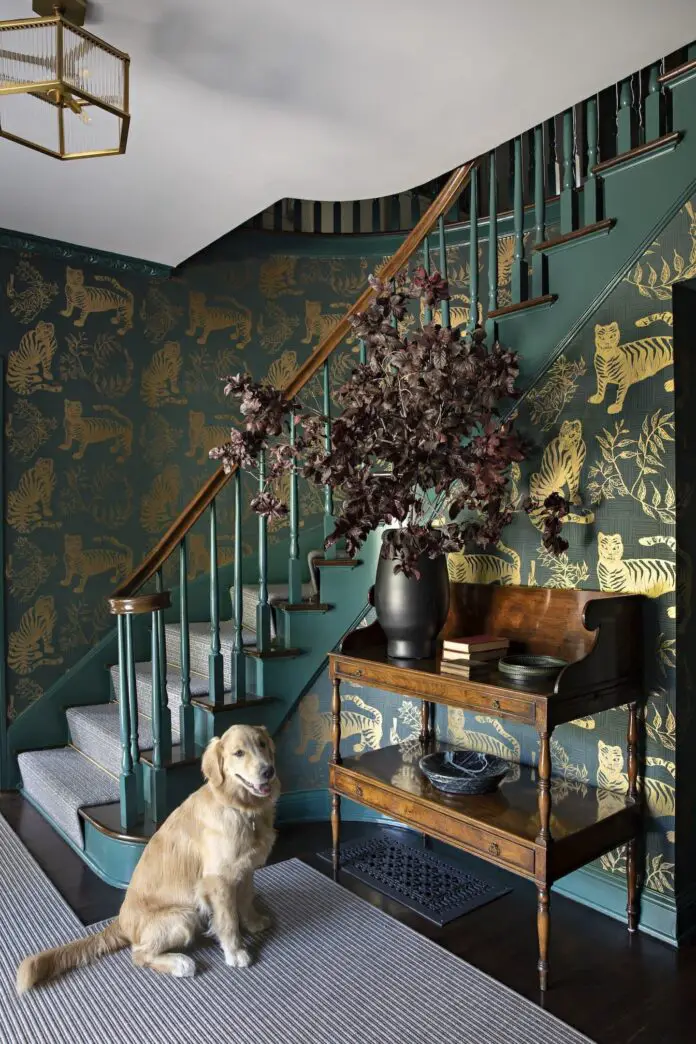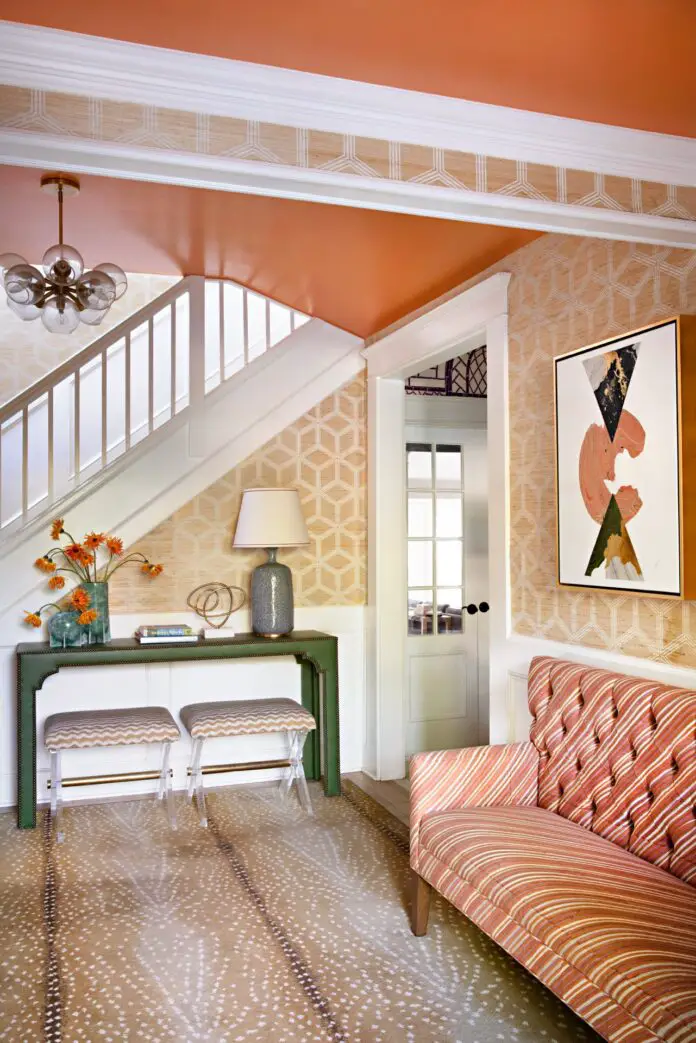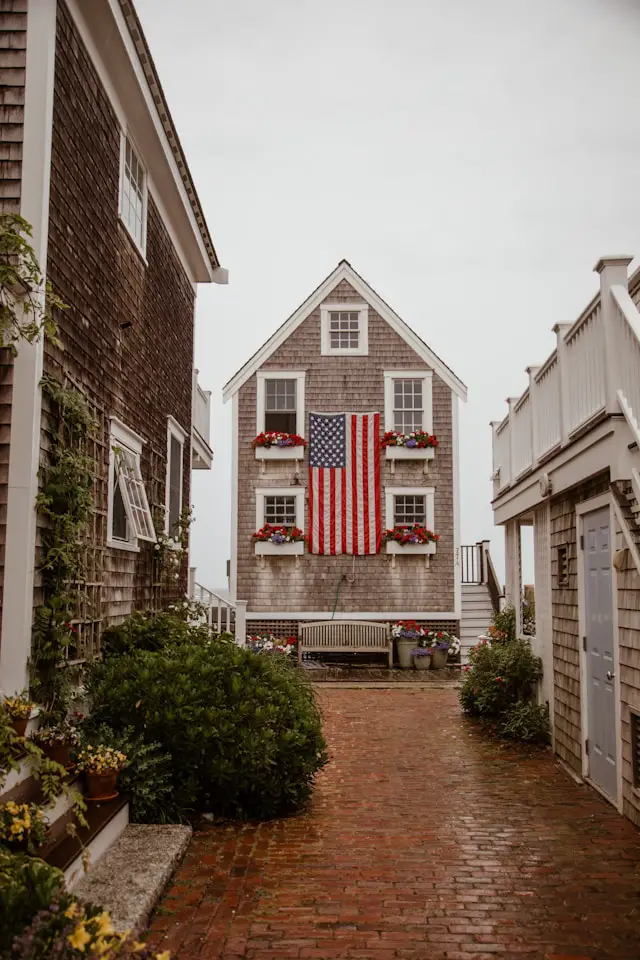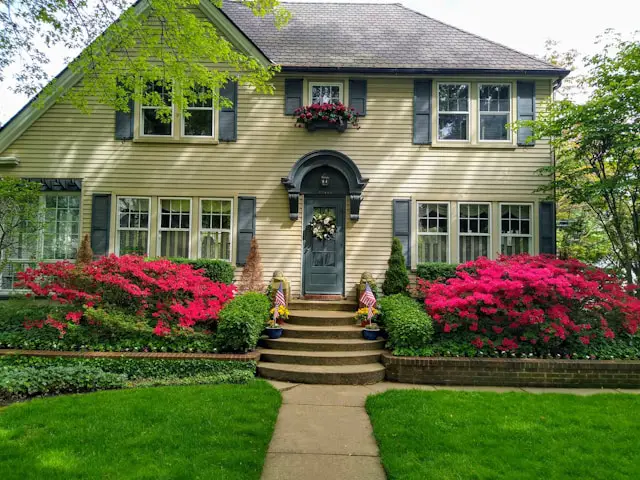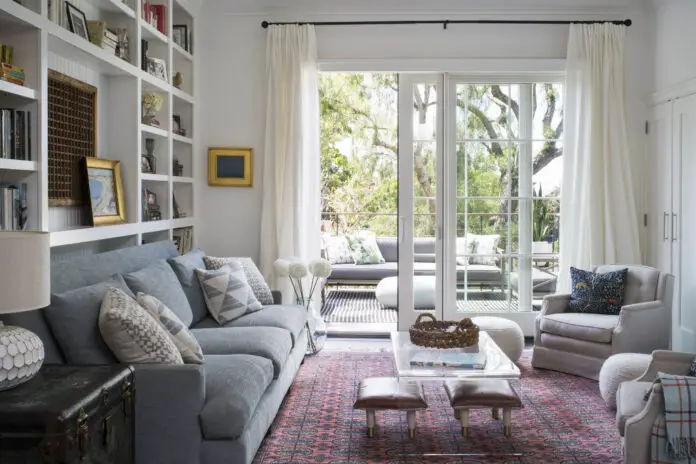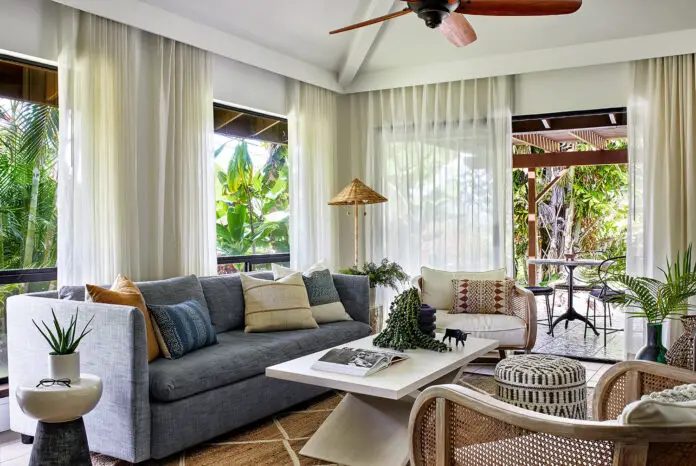Creating Community Gardens: Design and Budget Tips
Have you ever dreamed of transforming a drab, unused space in your community into a vibrant garden oasis? Imagine neighbors coming together, enjoying the outdoors, and harvesting fresh produce right in your neighborhood. Community gardens are sprouting up everywhere, and for a good reason!
Let’s dive into how you can design and...
How to decorate your sunroom
Decorating a sunroom can turn it into a beautiful and functional space that maximizes natural light and outdoor views. Here are some tips to create an inviting and stylish sunroom:
Furniture Selection:
Comfortable Seating: Choose comfortable chairs, sofas, or loungers with weather-resistant fabrics.
An elegant and contemporary house: Windsor Square
The elegant and contemporary house at Windsor Square, decorated by Massucco Warner, exemplifies a harmonious blend of traditional elegance and contemporary sophistication. This luxurious home showcases thoughtful design details, including a refined color palette, custom furnishings, and exquisite finishes. Each space reflects a balance of comfort and style, from the inviting living areas to the serene bedrooms...
The Complete Guide to Guest Room Essentials
Creating a comfortable and welcoming guest room involves ensuring that your guests have everything they might need during their stay. Without further ado, we give you the complete guide to guest room essentials:
used with permission from Breeze Giannasio
Bedding
Decorate your foyer to represent you and your family
Decorating a foyer to represent you and your family involves incorporating personal touches, favorite colors, and meaningful items. Here are some ideas to create a welcoming and personalized space:
Used with permission from Massucco Warner
How to Decorate your foyer to represent you and your family
Host the Prettiest 4th of July Party
Hosting a picturesque 4th of July celebration involves creating a festive atmosphere that celebrates the spirit of independence and togetherness. Here are some tips to make it beautiful and memorable:
Theme and Decorations:
Patriotic Colors: Use a color scheme of red, white, and blue for decorations,...
How Prefabricated Homes are Revolutionising the Future of Housing
Being an Aussie makes me eager to solve our housing problems. Prefabricated homes in New South Wales have caught my eye. They're more than a trend; they're changing how we see sustainable, budget-friendly homes. This article dives into why prefabricated homes nsw and modular housing nsw matter. These homes are changing the game with their eco designs...
Yard Maintenance for Pest Control: Keep Your Landscape Uninviting
Key Takeaways
A regular lawn care program is essential for controlling pests.
Landscaping techniques reduce the allure of pests in your yard.
Both organic and chemical methods can be employed for effective pest control.
7 Ways To Improve Your Family Room Layout
Improving your family room layout can enhance comfort, functionality, and aesthetics. Here are some tips to help you get started:
1. Assess the Space
Measure the Room: Note the dimensions of the room, including windows, doors, and other architectural features.
Identify Focal Points: Common focal...
Summer decor and decorating inspiration
Summer decor is all about bringing brightness, freshness, and a touch of the outdoors inside. Here are some ideas and inspiration to help you get started:
Color Palette
Bright and Light Colors: Think whites, pastels, and vibrant hues like turquoise, coral, and yellow. These colors can instantly uplift...




